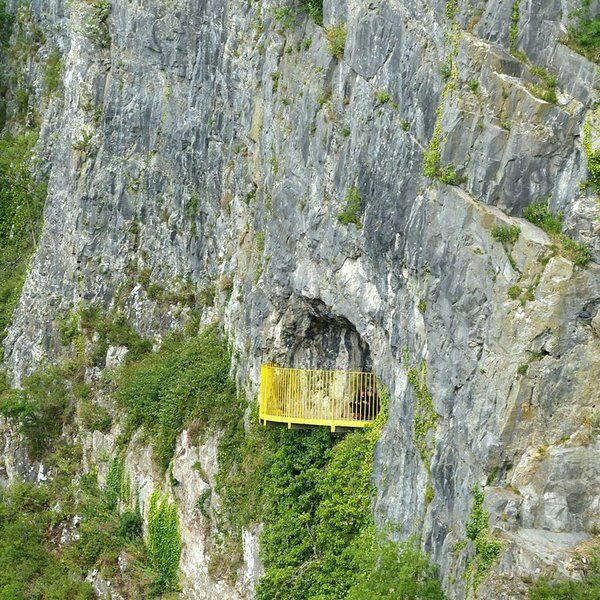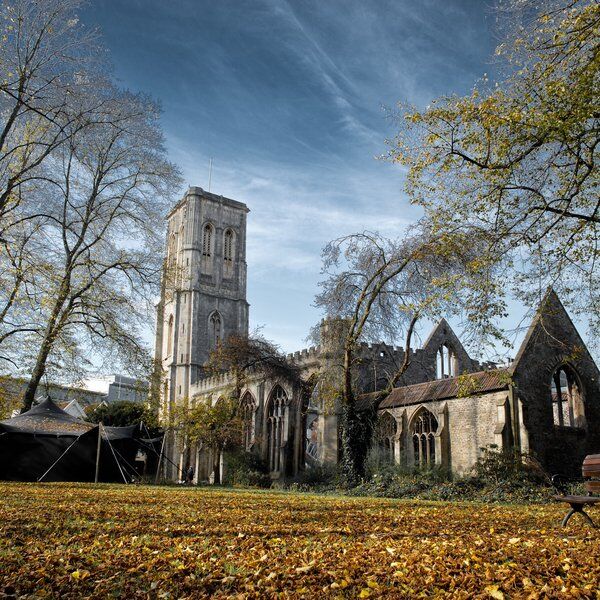Don’t worry – you’re not seeing double: There really are two minute hands!
Painted in different colours, one of them is typically red and matches the red hour hand. Compare it to your phone and you’ll find it matches up with GMT.
So what about the second minute hand?

Railway Time
Long before GMT or BST standardised time, people would use the movement of the sun to determine what time of day it was. From 1792, as population centres grew, towns and cities would have their own “local time” to ensure that the people of those areas had some degree of consistency. This worked well for local matters, meetings and records, but national matters were another thing entirely.
That towns and cities along the same latitude had different times was accepted by people who travelled from east to west – it was common for coachmen to add or subtract time to whatever devices they carried depending on which direction they were travelling.
While this was all well and good for day-to-day life, more complicated communication technologies and transport could not be so flexible. The UK started “shrinking” in terms of communication and travel, and each degree of separation soon created problems for a world that was speeding up.
By the mid C19th, larger organisations and industries were experiencing frustrations over inconsistencies that had been accepted by most for centuries. Conflicts of logistics and legality started: telegrams were arriving before they were technically sent and polling booths were open and closed at different times.
Greenwich Mean Time
Greenwich Mean Time is the “mean solar time at the Royal Observatory in Greenwich”.
It was adopted by the Railway Clearing House in 1847 and other railway companies in the following years, standardising time across the UK. In 1852, telegraph lines were installed between Greenwich observatory and Lewisham allowing the sending of regular messages to further coordinate local time. A more detailed account of how this worked and what messages were sent can be found here.
Bristol Time
It was some years before GMT became the accepted moniker for the new time, with many still referring to it as “London time”, framing it as something that took away a sense of local control or independence.
Bristol is perhaps the only place in the UK that has retained some connection to its historic solar time, which due to its position sees it ten minutes behind the rest of the UK. While this time isn’t adhered to in any meaningful sense, it’s a fantastic local curiosity that gives insight into the city's past .
Interested in finding more places like this? Try one of our Bristol Treasure Hunts - untangle cryptic clues as a team, as you are taken on a journey to the most unique, unusual and bizarre corners of England.









